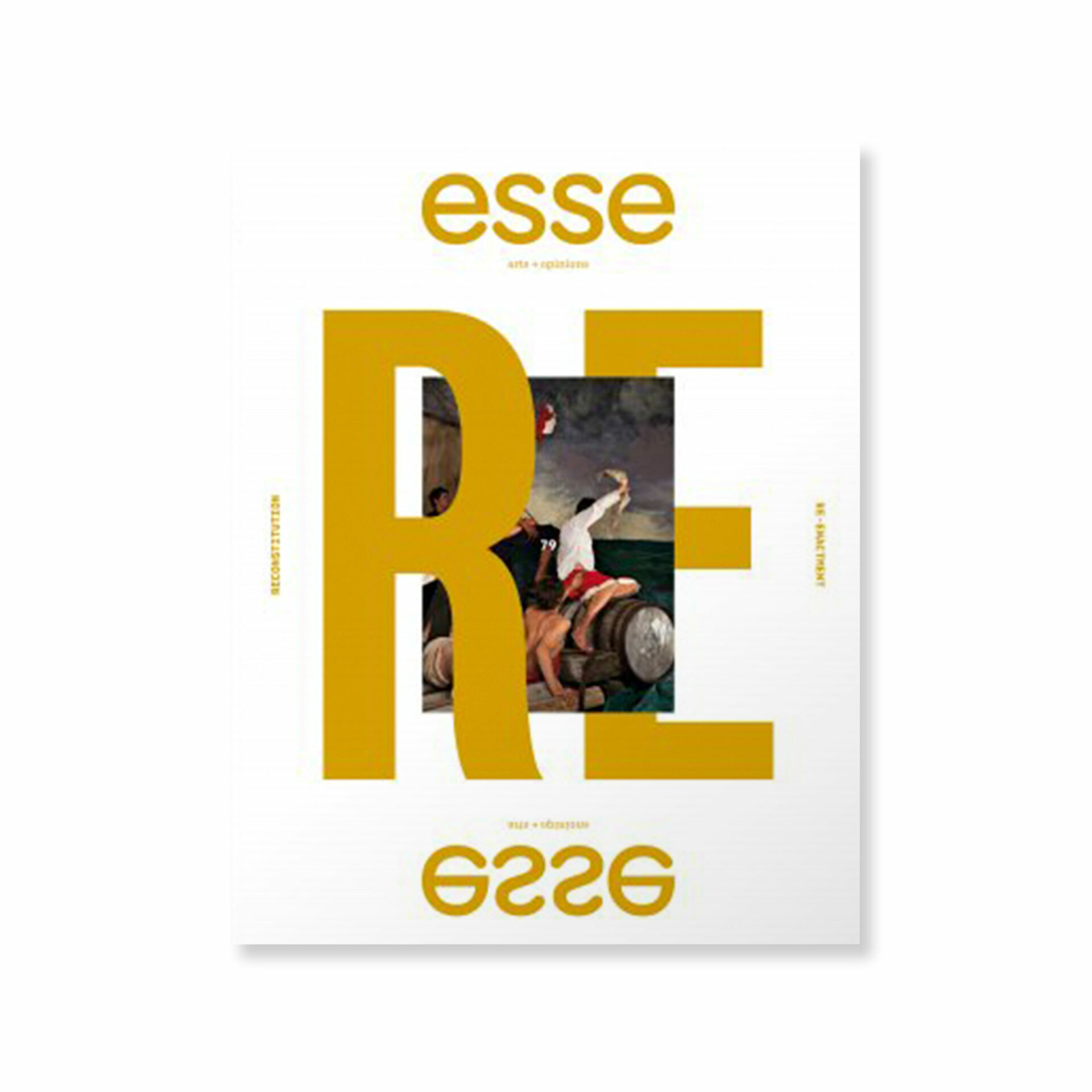
Photo: Scott Massey
“A fluid territory,” “concealing the horizon,” “anchored outside the event”: the slow sequence of these phrases by artist Uriel Orlow, slide-projected in a gallery corner, gives the viewer a hint of the covert transactions and shifting boundaries of life at sea, as explored in this exhibition, the fourth in curator Cate Rimmer’s vast project of six exhibitions on the sea. The Charles H. Scott Gallery has hosted the different chapters of the series intermittently since 2011, in a way that has foregrounded Rimmer’s creative and performative method of curating. For instance, the three-year length of the series evokes the long commitments of historical sea voyages — Rimmer has cited the three-year voyage of Moby Dick as an influence — and the gallery’s location on Granville Island reminds the viewer of the influence of the sea in Vancouver’s history as a port city. Part of Rimmer’s curatorial approach has been to cull artefacts from the nearby Maritime Museum, a method which has contributed to the anthropological slant of this series, bringing archival objects to light in, at turns, scientifically exhaustive and lyrically riddled narratives. Exhibitions have thus provided contextual threads to such events as the disappearance at sea of artist Bas Jan Ader and yachtsman Donald Crowhurst, who both went missing on solo voyages in 1968.
The fourth chapter distinguishes itself from the series, however, through its examination of the sea as a crucial but forgotten space of globalization and political conflict. These questions are explored through a film essay charting the flow of global trade in port cities, a historical collection of images contextualizing the centennial of the Suez Canal, and a video installation exploring ethical conflicts in the isolation of a cargo ship.

This article also appears in the issue 79 - Re-enactment
Discover
